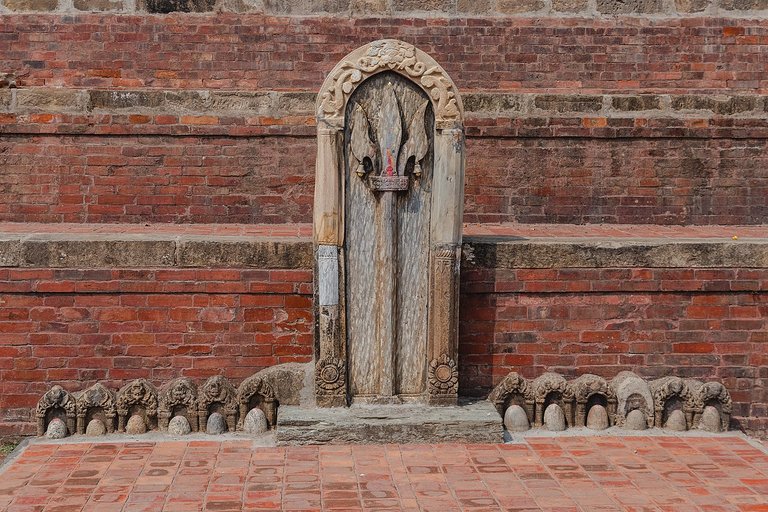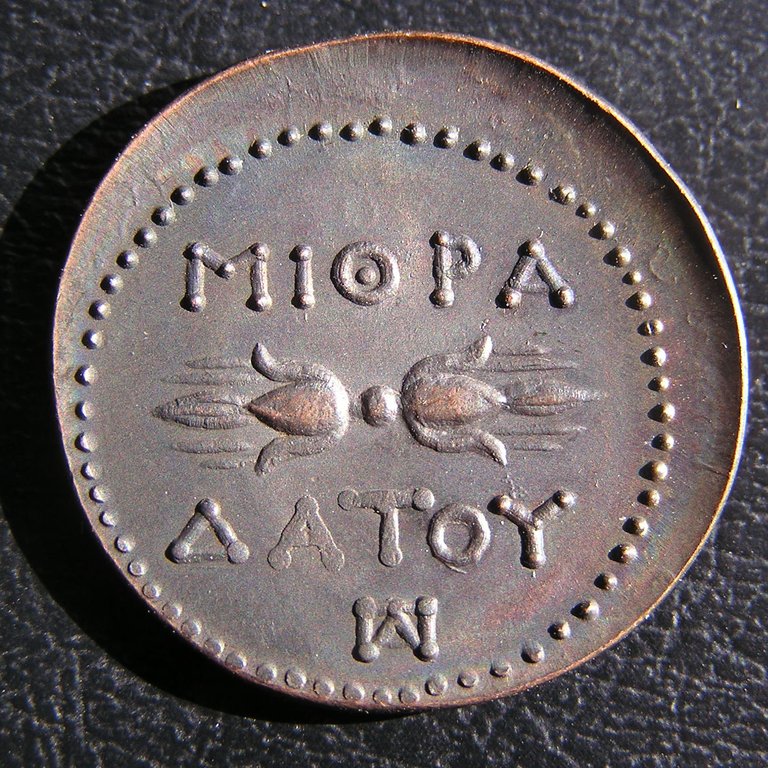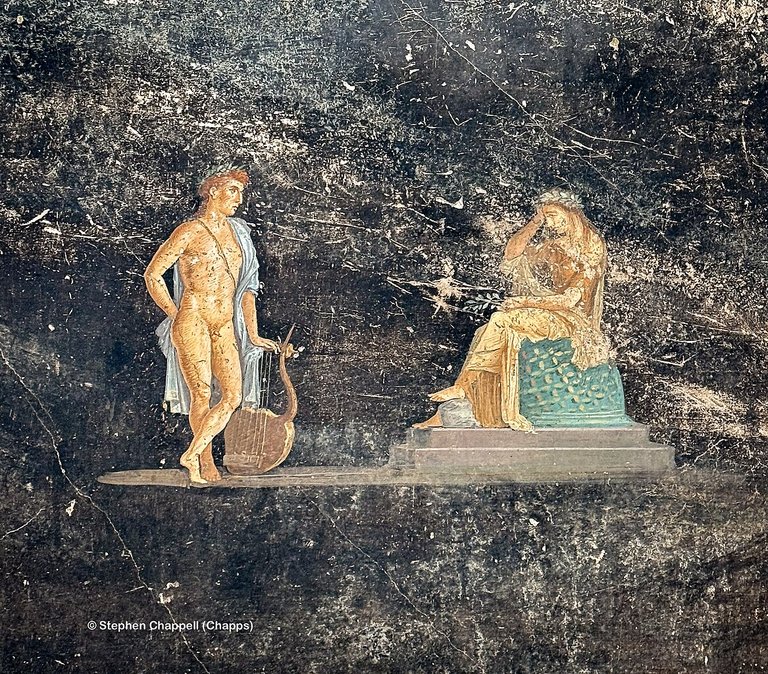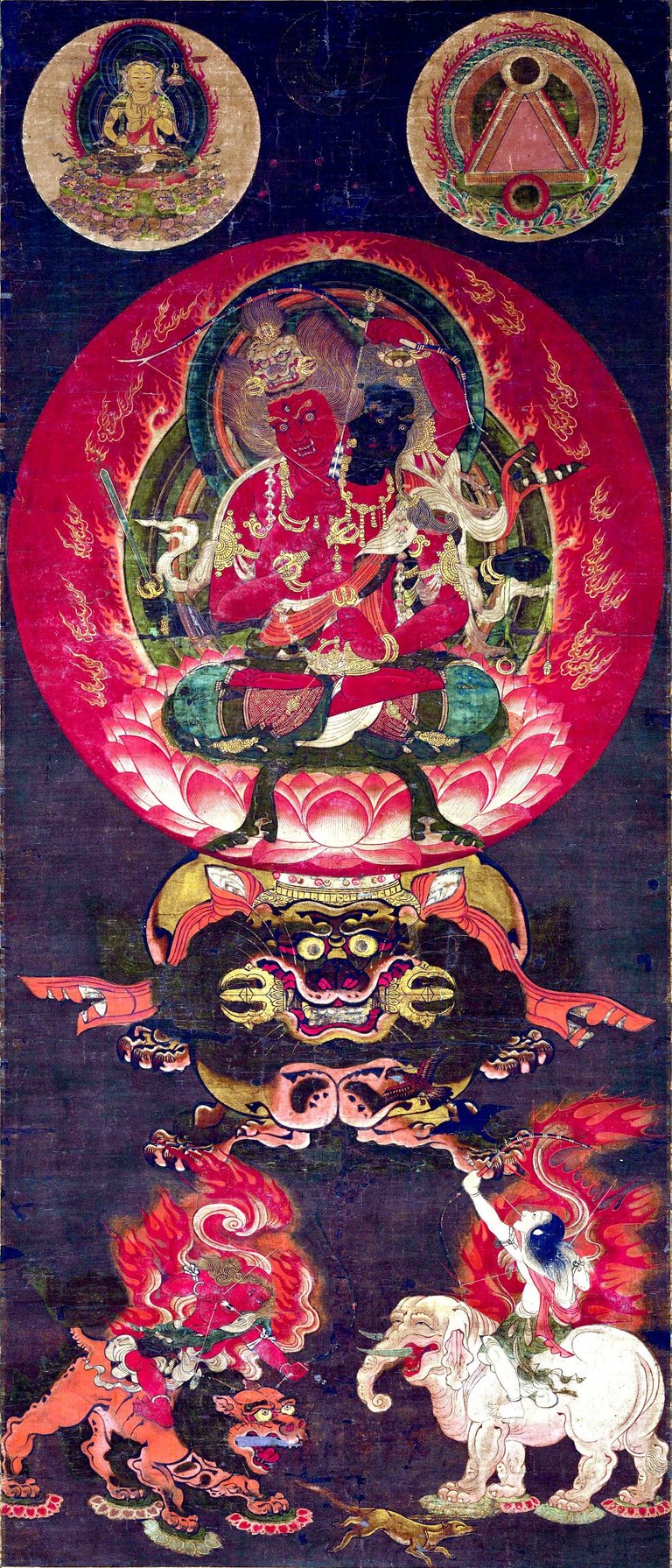
In my first attempt to understand the customs, symbols, and words associated with fire-balls/meteorites and comets in the Greek and Roman historical record I wrote Symbols of Comets, Fireballs, and Meteorites in Greek and Roman History. There I noted some depictions on coins and illustrations of ancient mythology and history; many of these show the triśūla, along with round or conical meteorites or stones claimed to have fallen from the heavens. This post was then followed up with research on the "Stone of Sokar," in Is the Stone of Sokar a Meteorite?

After more digging, I noted some links with the Sumerian and Hittite triśūlas but didn't know what to think of this ancient link. After some time I came across William Simpson's book The Buddhist Praying-Wheel and it was fascinating to learn therein of the widespread Indo-European and Asian connections between the wheel, triśūla, Sun, and the mythologies associated with them. Simpson's article about the triśūla is also highly recommended. These works clarified much in my mind about the ancient symbology.
Simpson surprisingly makes a reference to the Stone of Sokar placed on the Hennu Barque, mentioned in my prior post. This seems to confirm a link between the circumambulation ritual, fiery stones from the heavens, and the Sun Disk with its celestial course.

Despite the incredible detail and evidence presented in The Buddhist Praying-Wheel, I felt it was only missing: 1. Research about the Omphalos stones and 2. Links with "Fire-balls"/Meteorites/Stones. It is possible that these incoming objects from space, travelling at unimaginable speeds, shining just like the "Sun Disc," were represented either by the Sudarshana Chakra ("Discus of Vishnu") or the Triśūla of Shiva (as often seen on Roman and Greek coins and seen in Sumerian and Hittite carvings); or perhaps the symbols were combined over time so that it became a round discus (circle/sphere) surround by 2 or 4 Triśūlas. Thus, the Vajra was born and connected with these phenomena and represents the sudden and enormous kinetic and potential energies released on impact, in a brilliant enlightenment of any witnesses.

Congratulations @solar-anamnesis! You have completed the following achievement on the Hive blockchain And have been rewarded with New badge(s)
Your next target is to reach 400 upvotes.
You can view your badges on your board and compare yourself to others in the Ranking
If you no longer want to receive notifications, reply to this comment with the word
STOP